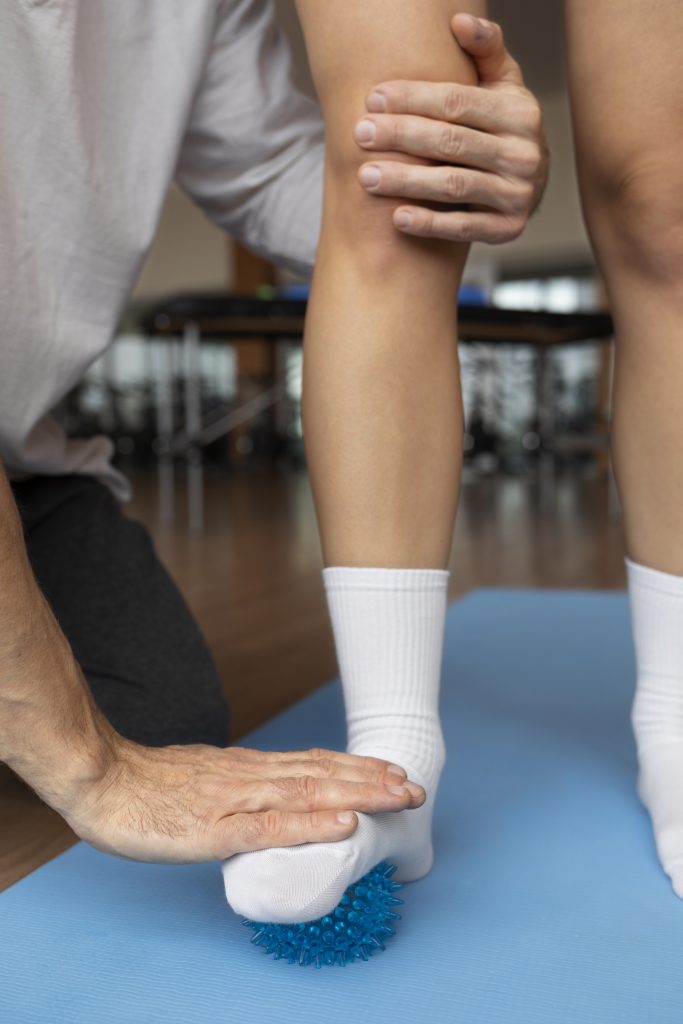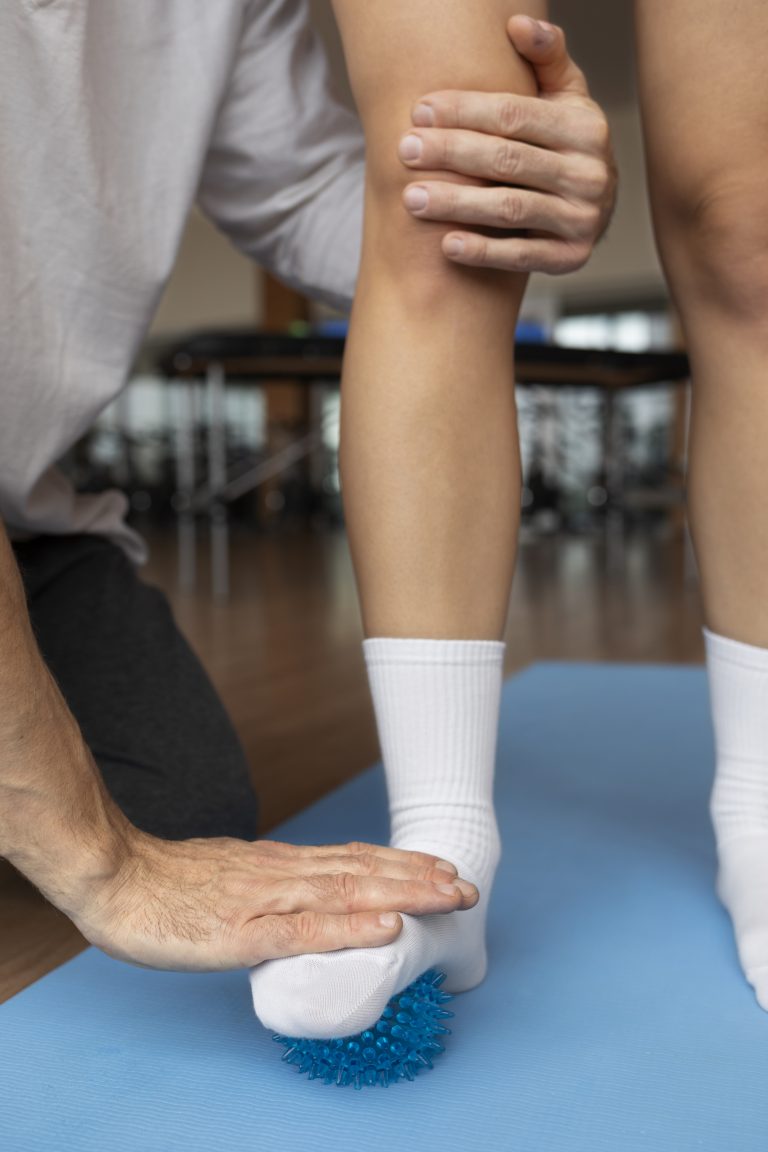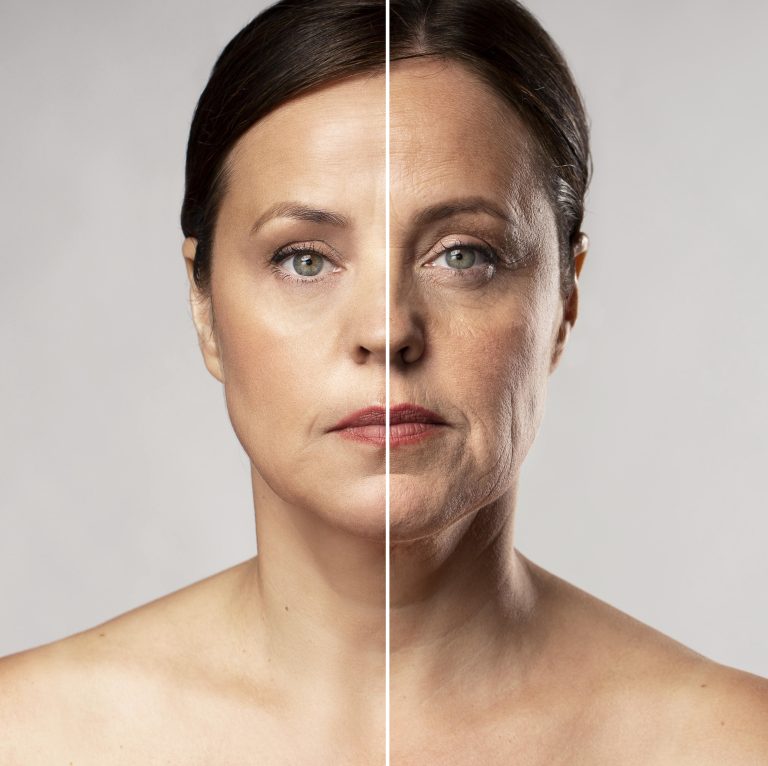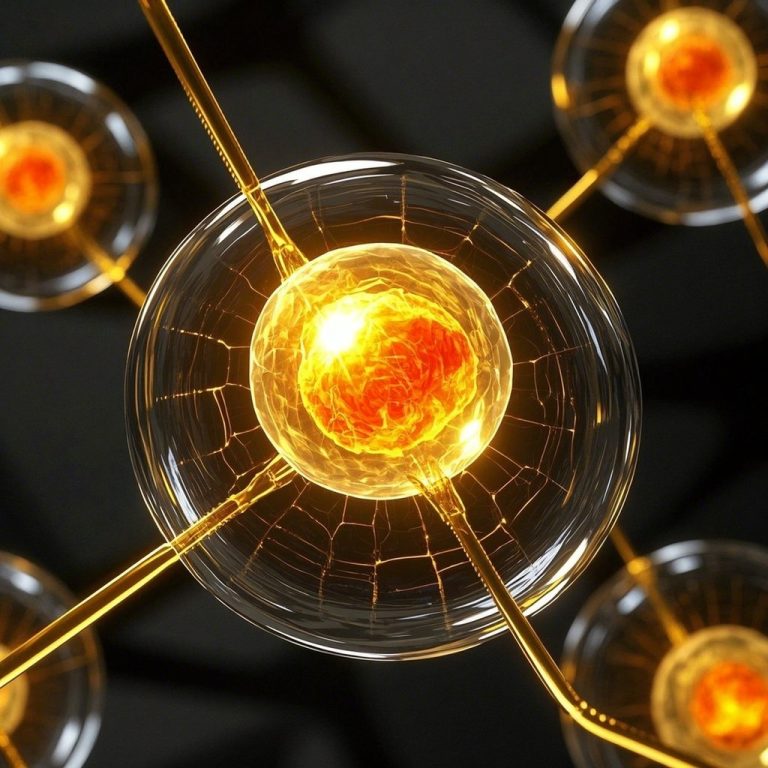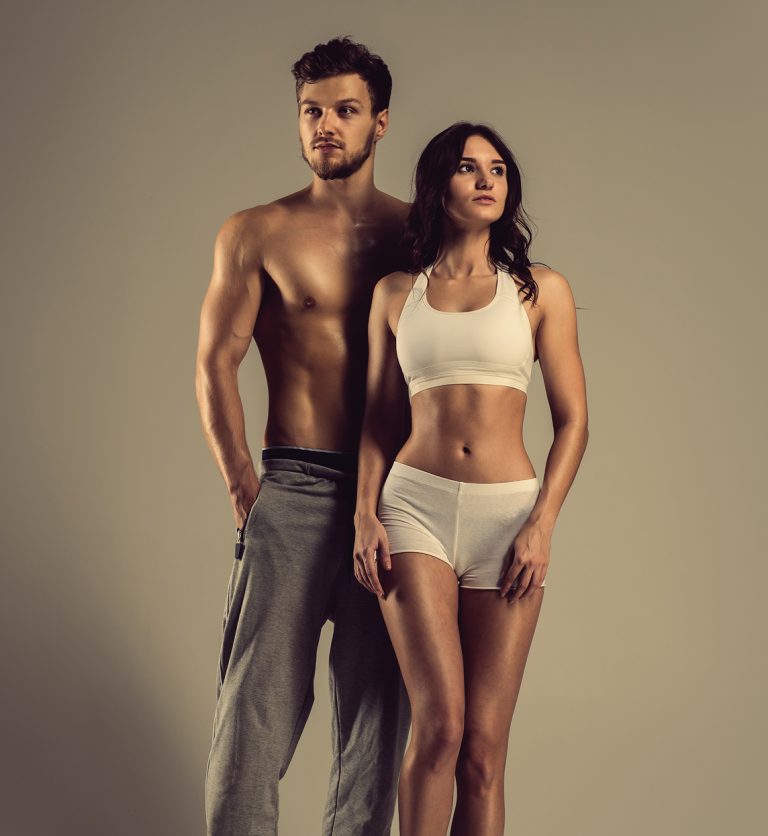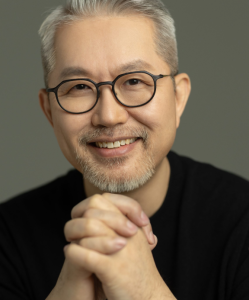Knee osteoarthritis and cartilage degeneration are rising concerns in today’s aging and active population. For patients looking to avoid knee replacement surgery, stem cell therapy has emerged as a cutting-edge, non-surgical solution. Among global destinations for regenerative medicine, Korea stands out for its advanced medical technology, affordability, and impressive success rates. But how successful is stem cell therapy for knees in Korea, really?
In this blog, we’ll explore the success rate of knee stem cell therapy in Korea, what factors influence outcomes, and why Lydian Clinic is a leading choice for international patients seeking expert care.
Contents
What Is Stem Cell Therapy for Knees?
Stem cell therapy is a minimally invasive treatment that uses the body’s own regenerative cells often derived from adipose (fat) tissue or bone marrow to repair damaged cartilage and reduce inflammation in the knee joint. This can help improve function, reduce pain, and delay or even avoid the need for knee replacement surgery.
At advanced clinics like Lydian Clinic, stem cells are combined with growth factors, PRP (Platelet-Rich Plasma), and customized rehabilitation to enhance the body’s natural healing process.
Stem Cell Therapy Success Rate in Korea
1. Clinical Studies and Outcomes
Korean regenerative medicine is known for its strong research foundation. According to multiple peer-reviewed studies from Korean medical institutions:
- 70–85% of patients report significant improvement in pain, stiffness, and mobility within 6 months of therapy.
- Cartilage regeneration has been confirmed via MRI and arthroscopy in over 60% of cases.
- Long-term studies indicate sustained results for 3–5 years post-treatment for mild to moderate osteoarthritis.
- High satisfaction rates (over 90%) are reported, especially when combined with post-care physical therapy.
These outcomes make Korea one of the most trusted destinations globally for patients considering stem cell therapy for knee conditions.
2. What Influences Success?
Several factors can impact the effectiveness and longevity of stem cell treatment for knees:
- Patient age and health: Younger patients with mild to moderate OA tend to see better outcomes.
- Stage of osteoarthritis: Early intervention leads to higher regenerative success.
- Source of stem cells: Adipose-derived stem cells (used at Lydian Clinic) have been shown to offer higher yields and faster regeneration.
- Physician expertise: The experience of the performing doctor plays a vital role in both safety and efficacy.
- Rehabilitation plan: Post-treatment physiotherapy enhances long-term results.
Why Choose Korea for Knee Stem Cell Therapy?
Korea offers a perfect blend of affordability, innovation, and medical excellence. Here’s why international patients trust Korea—and especially Lydian Clinic:
1. Advanced Stem Cell Technology
Korean clinics use next-generation stem cell isolation techniques, such as enzymatic extraction and real-time cell viability monitoring, for higher precision and cell count.
2. Board-Certified Regenerative Medicine Specialists
Clinics like Lydian Clinic are staffed with world-class orthopedic and stem cell experts, many trained in the U.S. or Europe.
3. Fast, Efficient Medical Tourism System
Foreign patients benefit from streamlined visa assistance, English-speaking staff, and faster treatment timelines than in many Western countries.
4. Cost-Effective Without Compromising Quality
Stem cell knee therapy in Korea costs a fraction of what it would in the U.S. or Europe—often between $6,000–$10,000 USD, including consultations, imaging, treatment, and follow-ups.
Lydian Clinic: Leaders in Regenerative Knee Treatments
Located in Seoul, Lydian Clinic is one of Korea’s premier centers for 5D Liposculpture, Stem Cell Therapy, and Orthopedic Regeneration.
What sets Lydian apart?
Stem Cells from High-Yield Adipose Tissue: Harvested during liposuction using minimally invasive techniques.
- Customized Regenerative Plans: Every patient receives a treatment tailored to their cartilage damage, age, and activity level.
- Advanced Imaging and Monitoring: From digital diagnostics to follow-up MRIs, we track real-time results.
- Post-Care Physical Therapy: On-site rehab services ensure faster recovery and better outcomes.
- Many of our patients have returned to running, hiking, or yoga within just months of treatment.
Real Patient Results at Lydian Clinic
A 58-year-old Canadian patient with stage 2 osteoarthritis received adipose-derived stem cell injections at Lydian. Six months post-treatment:
- Reported 80% pain reduction
- MRI showed partial cartilage regeneration
- Regained full range of motion for hiking trips
- Avoided scheduled knee replacement
Similar stories are echoed by patients from the U.S., Singapore, UAE, and Australia who have trusted Lydian Clinic for their regenerative needs.
Is Stem Cell Therapy Right for You?
Stem cell therapy is not a miracle cure, but it offers a high-success, low-risk alternative to surgery for many knee conditions:
- Early-stage osteoarthritis
- Cartilage thinning
- Ligament or meniscus damage
- Post-traumatic knee pain
At Lydian Clinic, our specialists provide in-depth evaluations, imaging, and a clear prognosis before recommending treatment.
Frequently Asked Questions (FAQs)
Q1: What is the success rate of stem cell therapy for knees in Korea?
A: Clinical success rates in Korea range from 70–85%, with patients experiencing improved mobility and reduced pain.
Q2: How long do results last?
A: Results can last 3 to 5 years or longer, depending on the patient’s condition, lifestyle, and adherence to rehab.
Q3: Is the procedure painful?
A: The treatment is minimally invasive, with only minor discomfort during stem cell extraction and injection. Most patients return to light activity within days.
Q4: How do I book a consultation at Lydian Clinic?
A: Visit lydianclinic.com and fill out our consultation form. Our English-speaking staff will assist you promptly.
Q5: Can international patients get stem cell therapy in Korea?
A: Absolutely. Korea is one of the most popular destinations for medical tourists seeking regenerative therapies.

 English
English 日本語
日本語 中文网站(繁体)
中文网站(繁体) Русский
Русский Bahasa Indonesia
Bahasa Indonesia ภาษาไทย
ภาษาไทย Tiếng Việt
Tiếng Việt 대한민국
대한민국
